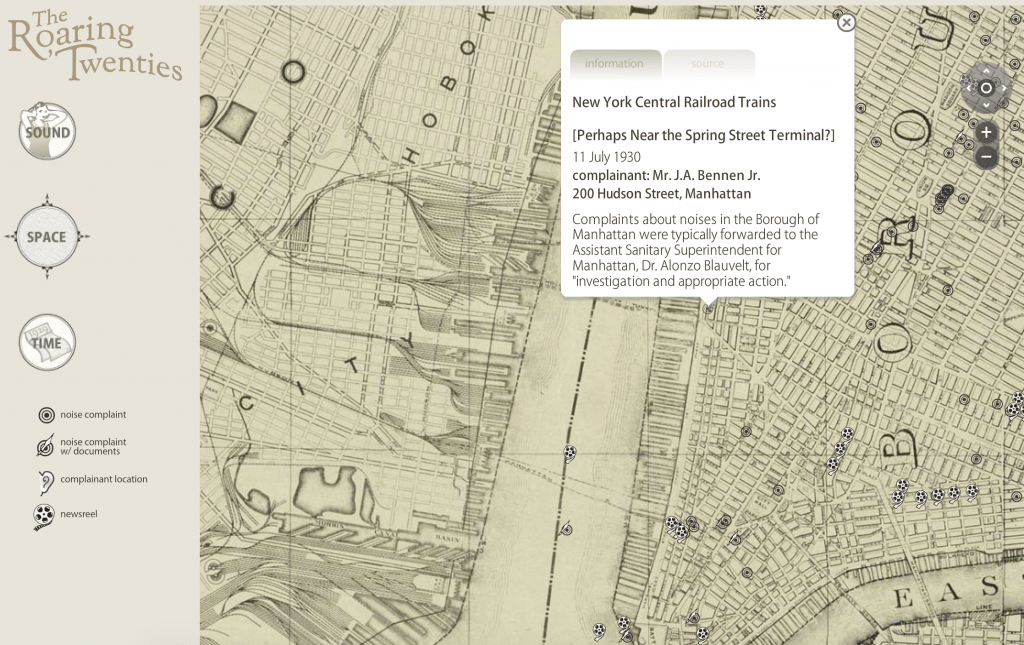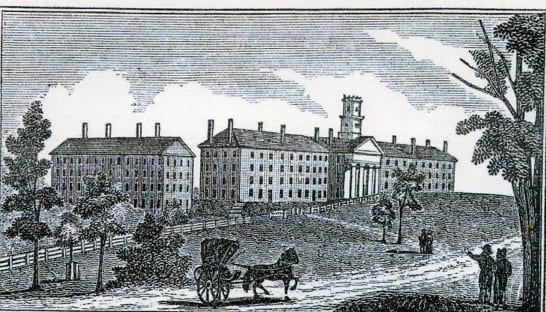…Because it’s our LAST DAY! :O
[Author’s Note: If you’ve spent any time around the interns this summer, you’ll know that we’ve often and unashamedly burst into Hamilton songs. Hence, this post will include some references; sorry/not-sorry. Consider it an immersive, day-in-the-life DSSI experience.]
As I sit here for one last time in the Room Where It Happens, (AKA the Barker Room), so many thoughts run through my mind. Of course, there were some bumps in the road for us interns–honestly though, this was mostly just with getting software to work–, but there was no way that we were throwing away our shot, and we powered through to create something great! This sounds super cliché, but this internship has truly been an incredible experience. Not only have I learned a ton about digital scholarship, the origins of my alma mater, and the library, but I’ve also made some amazing friends! I’m really proud of all of us; we did some great work [work!] and I’m so glad that we have an awesome final product to share with the world. Interns: We get the job done!

Of course, I will never be satisfied, because there’s always room for improvement– if we’d had more time this summer, I would have added a couple of things to my project. First, I would have loved to add more extensive information to my map project! I learned so much about the people and places of early Amherst this summer, and only a fraction of that knowledge (and excitement!!) was able to be integrated into the website, both because of time and technology restraints. For example:
- Originally, students were responsible for bringing their own furniture for their lodgings–if they didn’t have any or couldn’t afford to buy any, then they could borrow some from the college through the janitor.
- President Hitchcock introduced the stone walkways that line College Row; previously, there were only mud and dirt paths, and the campus was actually pretty ugly–there wasn’t much foliage and gaping holes were found in the ground due to townspeople digging up rocks for construction materials.
- There used to be a huge hat factory in the area that is now Dickinson Street, owned by the Hills family (who I talked about in this blog post after embarking on a missing-persons detective case), that created hats out of palm leaves.
- The famous Emily Dickinson daguerreotype was made by John Lovell, the photographer who created most of the early photographs of Amherst, and it is likely that she sat for the portrait at the popular Amherst House hotel in town (currently the site of Bank of America on the corner of South Pleasant and Amity Streets).
As someone who’s truly become passionate about understanding early Amherst, it breaks my heart that there are more [than ten] things you need to know that I had to edit out! As a result of the summer’s research, I’ve imagined 19th Century Amherst so much it feels more like a memory, and I really want our audience to have that deep personal connection, too.
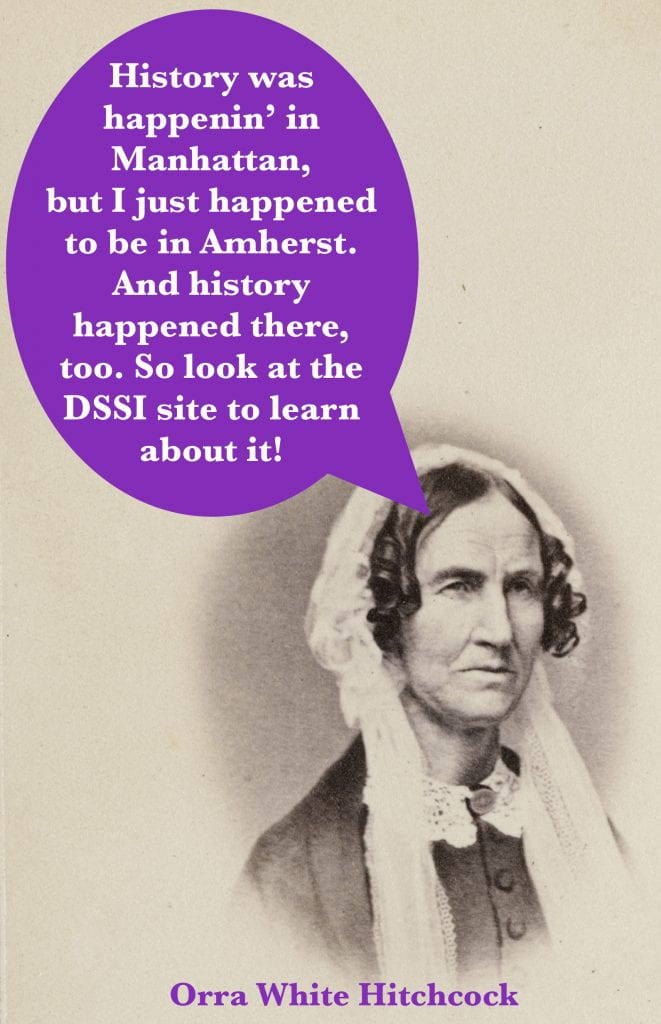
Secondly, I’d like to make a webpage that allows for a more culturally immersive 1800s experience, featuring music from the time period that the audience could listen to, blurbs about national and international history that occurred during this timeframe, and things like that.
Lastly, and perhaps most importantly, I want to look more deeply into the political, social, racial, gender, etc. climates of Amherst at this time in order to view it in a less-biased way with heightened awareness. For instance: The Civil War began just at the conclusion of the 40-year focus of our website, but politics were already boiling at the time and it seems that Amherst was pretty divided on several issues–for example, not everyone would have agreed with the lyric “We will never be free until we end slavery.” Discussions about making Amherst co-ed actually began in its early days, and while some people were for it, figures like William Seymour Tyler were strongly against it for some pretty misogynistic reasons. Furthermore, I didn’t find much about women’s roles in early Amherst (which makes a point in itself). If I were to continue this project, I would love to more comprehensively include women in the sequel.
In all honesty, I have a secret dream of continuing my research on my own time just because I’ve acquired such a deep personal interest in all of this stuff! I’ve been semi-interested in Amherst’s early history since my freshman year, but pursuing that as deeply as we have this summer hadn’t been top priority when considering my commitments as a student. So when this internship opportunity came up, I thought, “I don’t know how to say no this!” Not only was this all an amazing learning experience, it was also the beginnings of fulfilling my dream of discovering early Amherst! This summer’s research has sparked an “I want to be an Amherst historian” flame in me and left me helpless. For example, yesterday I went on a field trip to Morgan Hall with Emma to compare our knowledge of the early library with the (albeit repurposed) building itself, visited the archives to look at what they had on Morgan, and continued reading a book on Amherst’s history that I didn’t get to finish earlier. I (almost) wish I could say that was the last time I’ll read an Amherst book… But I’m sure that in a few weeks, while I flip through more Amherst-y pages, I’ll have the same thought again and think “I said that last time!” I think this will become a pastime… The folks in the archives were right when they told me “You’ll be back!”
In conclusion: Thank you to Amherst College and all of the library staff who have made this experience possible–I hold each of you in a special place in my heart and am so thankful for all of your support, teaching, and general awesome-ness! Overall, this has been an incredible summer and I’m beyond glad that I’ll be in Amherst for the forseeable future–I wonder what other bygone things I’ll discover? And who knows–maybe future DH interns will look back at our work through awesome technologies that haven’t even been invented yet, just as we’ve looked back on the handprints left behind by Amherst’s first students with today’s technologies. Thanks to the efforts of DH, history definitely has its eyes on us. I suppose all that’s left to say is…

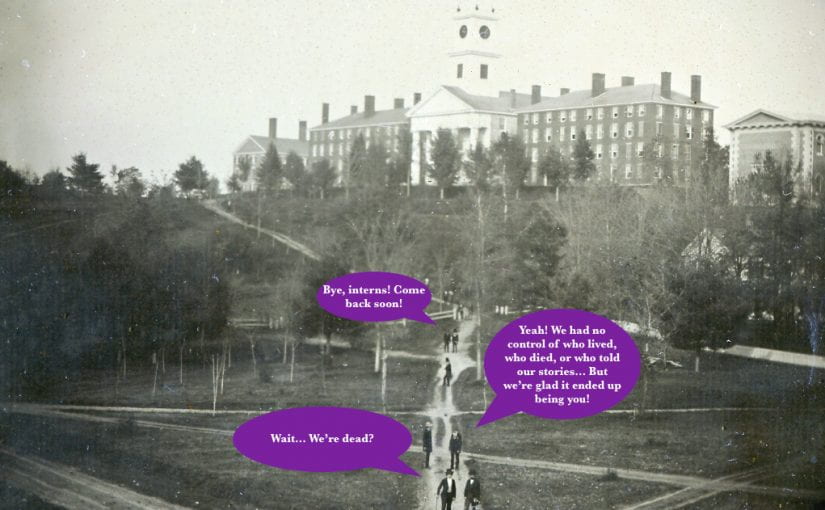
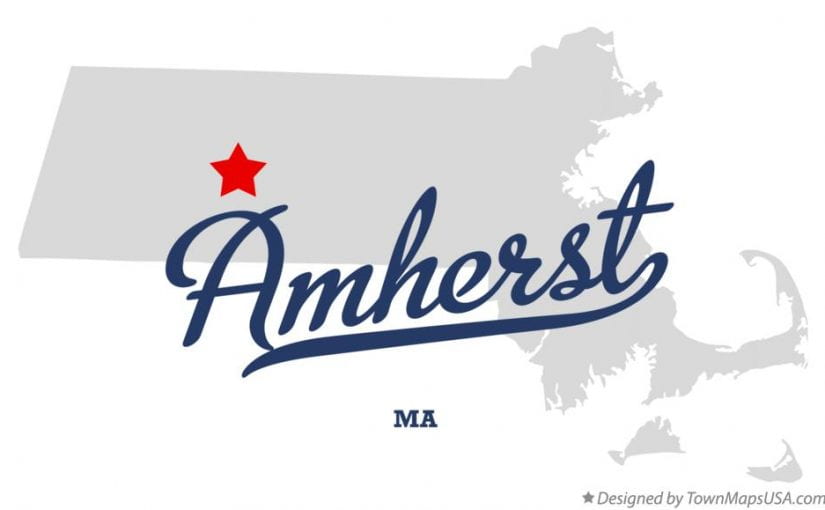



 My hope for a mini-project that somehow revolves around 19th Century Amherst maps was to color code it to highlight important points, and then link those points to information about the buildings, roads, or landmarks that they correspond to. Perhaps this information could include things such as the date it was built, its architectural materials and cost, and why it was a point of interest to Amherst College and its students, faculty, and community members. If we’re lucky, we could even link to a photograph, sketch, lithograph, etc. of the landmark in the 19th Century, as well as a photograph of it today, if it still stands.
My hope for a mini-project that somehow revolves around 19th Century Amherst maps was to color code it to highlight important points, and then link those points to information about the buildings, roads, or landmarks that they correspond to. Perhaps this information could include things such as the date it was built, its architectural materials and cost, and why it was a point of interest to Amherst College and its students, faculty, and community members. If we’re lucky, we could even link to a photograph, sketch, lithograph, etc. of the landmark in the 19th Century, as well as a photograph of it today, if it still stands.
 My heart cried happy tears when I found this. Not only does it list the names of people and businesses that occupied various structures, but it also details some geographic features, the railroad (which was a pretty new feature to Amherst and, as you can see from this map, was still to be completed… Unless I didn’t like my house, I wouldn’t want to be any of the families who lived in its soon-to-be path), and a business directory! I could talk about my findings for hours, but for the purpose of this post, I’ll skip to the image I finished constructing today:
My heart cried happy tears when I found this. Not only does it list the names of people and businesses that occupied various structures, but it also details some geographic features, the railroad (which was a pretty new feature to Amherst and, as you can see from this map, was still to be completed… Unless I didn’t like my house, I wouldn’t want to be any of the families who lived in its soon-to-be path), and a business directory! I could talk about my findings for hours, but for the purpose of this post, I’ll skip to the image I finished constructing today: I focused on a section of the map that was both (1) most familiar to me and, I would guess, most contemporary Amherst-dwellers and (2) most relevant, I’m guessing (due to the nature and inhabitants of the structures), to Amherst College at the time. Let’s zoom in so I can make a few points:
I focused on a section of the map that was both (1) most familiar to me and, I would guess, most contemporary Amherst-dwellers and (2) most relevant, I’m guessing (due to the nature and inhabitants of the structures), to Amherst College at the time. Let’s zoom in so I can make a few points: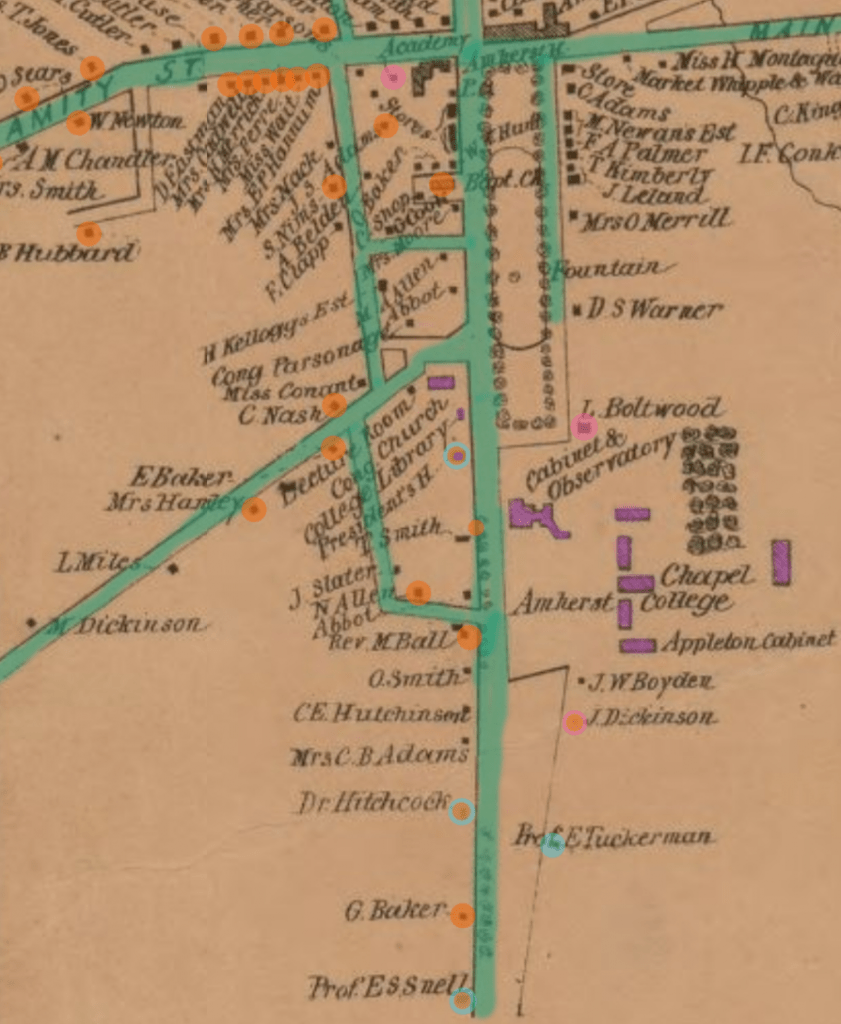

 information suddenly at my fingertips! It’s called the
information suddenly at my fingertips! It’s called the  names” were part of the same club–the Bible Society–and, to make matters even more odd, there was only one other person listed as being a member of that club, a senior named Horace Parker. For a moment, I wondered if they’d died during the semester, but then remembered that a senior actually did pass away during that school year, and it was noted within the Olio at various points. So, who were these people??!!?!?!?!?!?!?!!
names” were part of the same club–the Bible Society–and, to make matters even more odd, there was only one other person listed as being a member of that club, a senior named Horace Parker. For a moment, I wondered if they’d died during the semester, but then remembered that a senior actually did pass away during that school year, and it was noted within the Olio at various points. So, who were these people??!!?!?!?!?!?!?!!

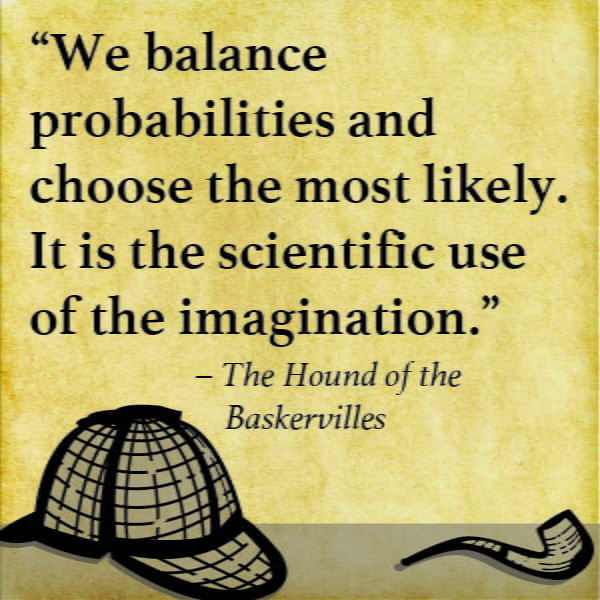
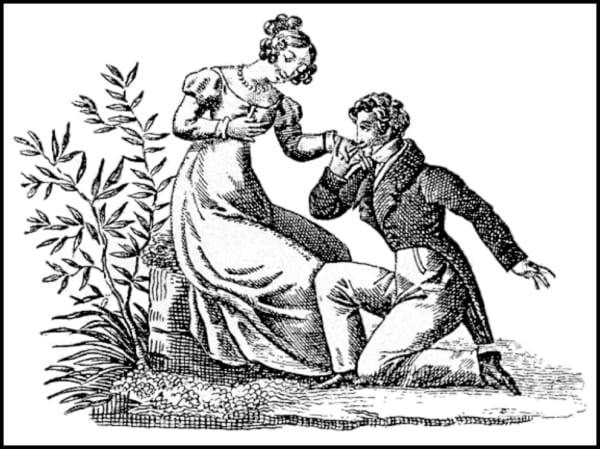

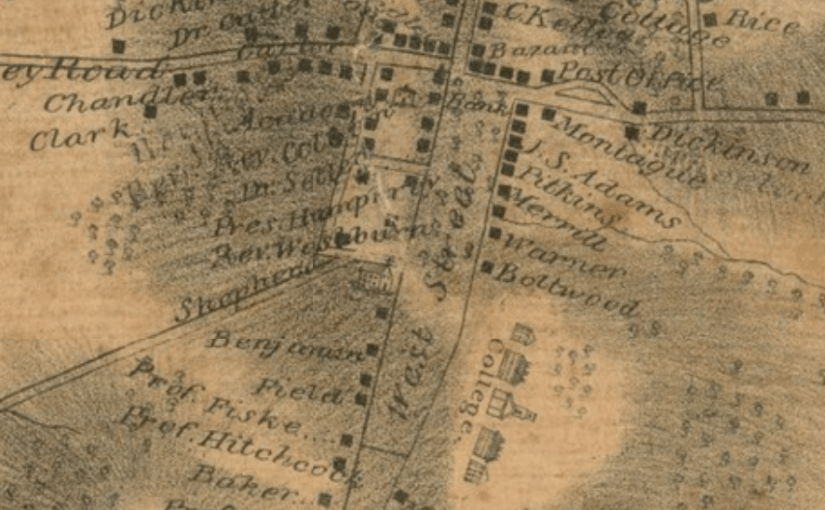
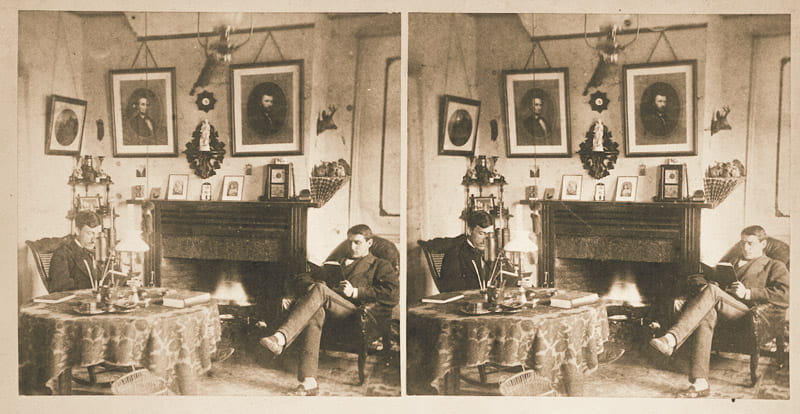
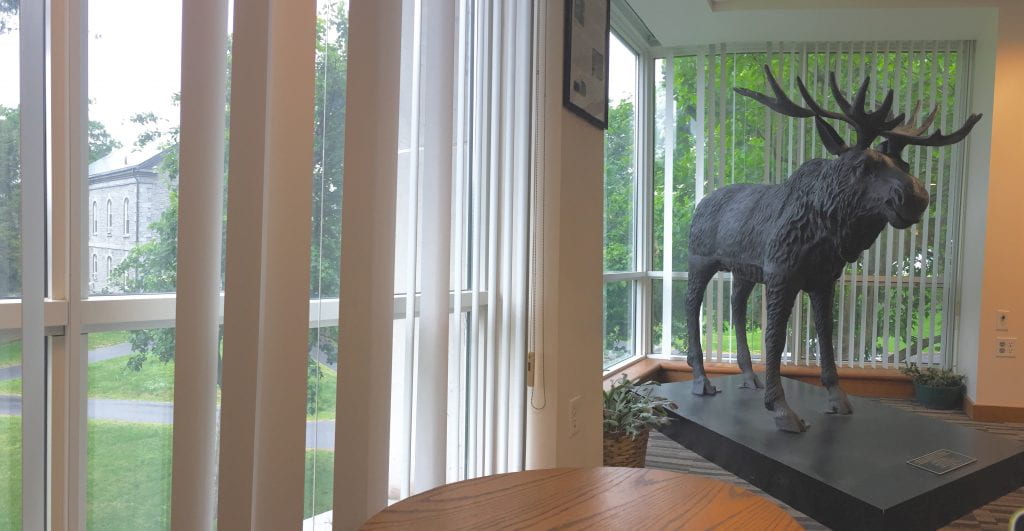
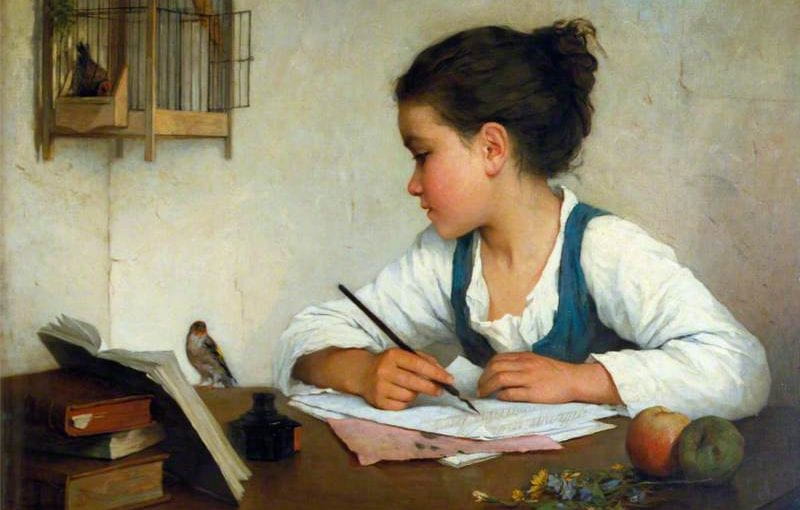
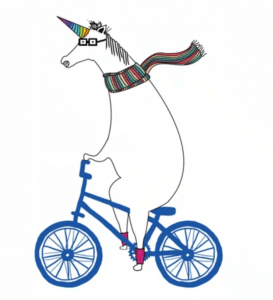 dge of the basics (for example, did you know that the bicycle was invented in Scotland? Or that the national animal is the unicorn? Yeah, Scotland is pretty cool). From there, I found that I had deeper interests in specific topics, such as the clan system, folklore, and music. I also wanted to learn more about the town of St Andrews specifically, where I was preparing to study and to live. With these topics in mind, I then sought out resources (films, documentaries, books, poetry, art, and songs) to give me more information concerning them. As I discovered, questions began formulating in my mind, and I took on some side-research to find answers as I continued on. I learned quite a lot this way, and enjoyed how one topic would lead into another, which would lead to another and another… The possibilities were endless!
dge of the basics (for example, did you know that the bicycle was invented in Scotland? Or that the national animal is the unicorn? Yeah, Scotland is pretty cool). From there, I found that I had deeper interests in specific topics, such as the clan system, folklore, and music. I also wanted to learn more about the town of St Andrews specifically, where I was preparing to study and to live. With these topics in mind, I then sought out resources (films, documentaries, books, poetry, art, and songs) to give me more information concerning them. As I discovered, questions began formulating in my mind, and I took on some side-research to find answers as I continued on. I learned quite a lot this way, and enjoyed how one topic would lead into another, which would lead to another and another… The possibilities were endless!